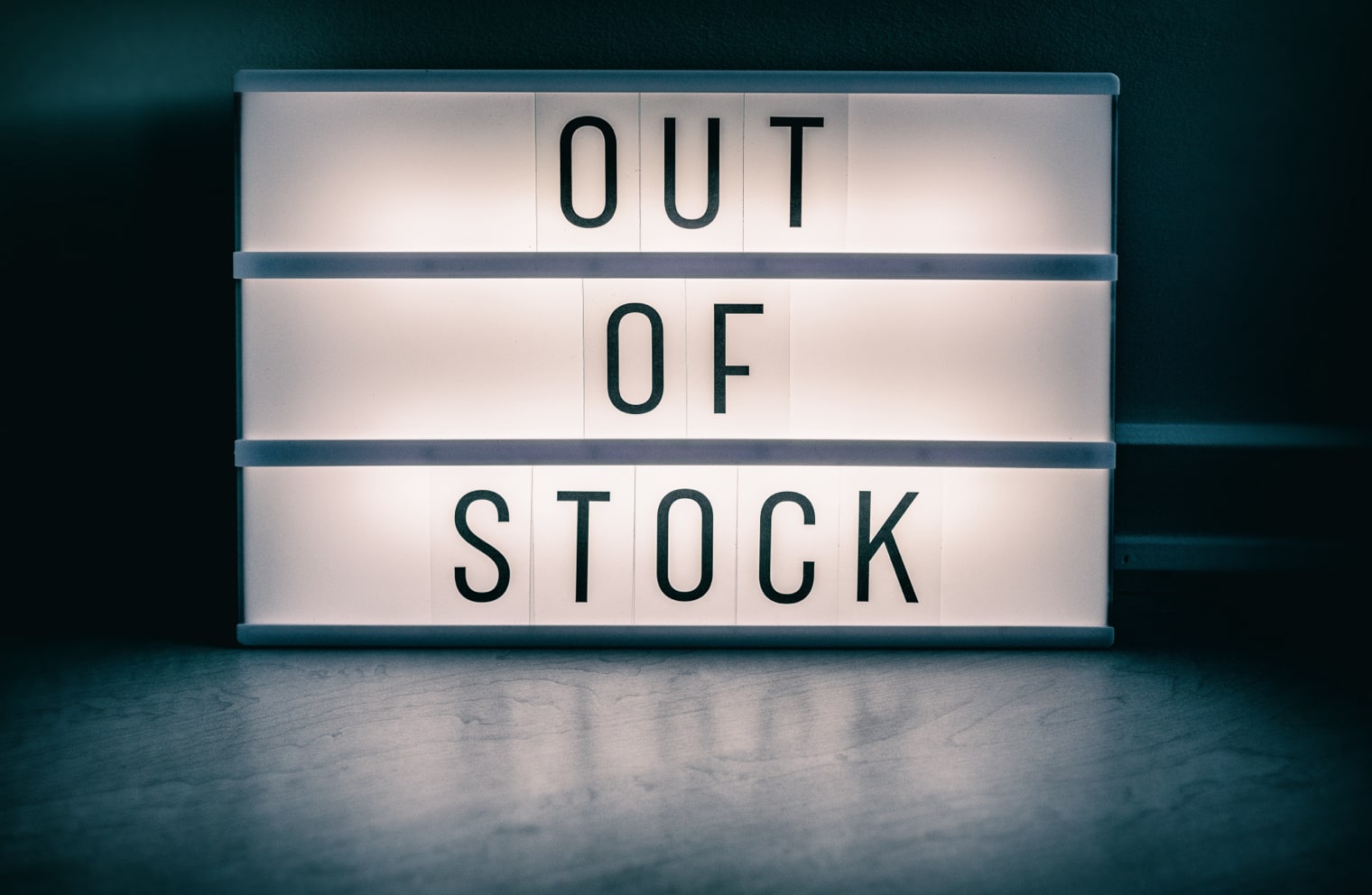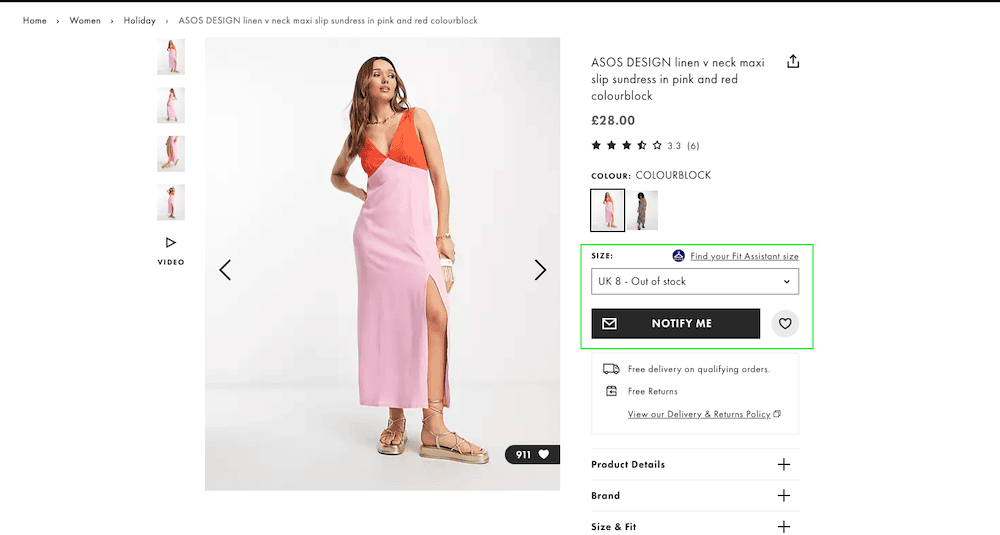Best Practices for Handling Out-of-Stock Items on Your E-Commerce Website
A look at how to best handle out-of-stock items, whether they are temporarily or permanently out-of-stock.

Oops! We could not locate your form.
A look at how to best handle out-of-stock items, whether they are temporarily or permanently out-of-stock.

I originally wrote this post several months ago, and it has been sitting in draft in a Google Doc, forgotten about. But I was reminded about it recently when shopping online for a gift, and encountering several out-of-stock items.
The majority of e-commerce websites will at some point have items that go out-of-stock. For some, it’ll be very occasional, whilst for others it will be very common.
How you handle these out of stock items can impact user experience and SEO performance, among other things.
Depending on whether the product is temporarily out of stock or gone forever, dictates how you should handle the product page on your website.
In this post, we’ll look at best practices for both temporarily and permanently out-of-stock products.
We’ll also cover some important things to remember, to ensure you aren’t wasting marketing spend on out-of-stock items, and ways to potentially salvage a sale from an out-of-stock product page.
Many businesses will simply delete or draft a product page for an item they are no longer going to stock and leave it at that.
However, this can create a number of issues. Simply deleting a page will mean that if a person or bot attempts to reach that page, they will be met with a 404 error.
Whilst a 404 isn’t the end of the world, in the case of a product page it can be very frustrating for a user. It is also a wasted opportunity for your business to provide them with a possible alternative.
If your page has been indexed by a search engine, is linked to elsewhere on the web, on social, or in an email, there is a good chance that people will happen upon this 404 you’ve created by removing the product page.
So rather than just leave an error or a standard 404 page there to disappoint those who come across it, you have a couple of options.
Redirection
If your product has a relevant replacement option, it is best to create a 301 redirect from the product that you are removing, to the replacement.
The example below from Amazon shows a product that was in my basket and went out of stock before I purchased it. When I clicked on it at a later date, rather than being taken to the usual product page with an out-of-stock notification, I was redirected to this alternate but very similar product.

Offer Alternatives
If the product doesn’t have a suitable replacement, you can let the user know that it is out of stock, but direct them to a relevant and useful page. Such as the product category or listing page, where they will be provided with alternatives.
If this removed product page is still receiving traffic after a while, you could create a 301 redirect to the alternative page you were suggesting they visit (such as the product category or listing page).
410
If you have no suitable replacement and no relevant category/product listing page to redirect to, and if the page isn’t receiving traffic, don’t be afraid to 410 the page. This lets bots know that the page is gone permanently.
Internal Links
Whichever option you choose, it is also important to remove or update any internal links within your website that point to the permanently out of stock item, and to make sure that your sitemap is updated.
Temporarily out of stock items are a very different beast and simply removing them until the product returns to stock can be damaging to organic search performance and user experience.
Whether the product is out of stock due to waiting for a restock, or seasonality, there are ways to handle the product pages that will be more beneficial for you and your potential customers.
If a product is only temporarily out of stock, removing the page is not a good idea. You will undo any hard work you’ve put into optimising that product page for organic search.
So what’s the answer?
A good approach to solve this issue is:

Brands will often draft or delete pages for products that are only available at certain times of the year. A great example of this is Christmas items.
However, simply drafting or removing them will undo any of the work you’ve done to get that product page ranking in the SERPs. You will then be starting from square one the following year.
But leaving the page up all year round can be an issue as you don’t necessarily want seasonal pages to live in your website’s navigation all year, and you don’t want users trying to purchase items that aren’t currently available.
So what’s the answer?
A good approach to solve all of these issues is:
An out of stock item doesn’t have to be the end of a potential sale. Depending on what you sell, whether it is priced competitively, and its wider availability, some people will of course go elsewhere if you don’t have the item in stock.
However, some people will wait to make a purchase once you have an item back in stock if:
This is why:
If you are marketing your products through paid advertising channels like PPC and Paid Social, ensure whomever is running these campaigns is kept up-to-date on which product are out of stock, and which are back in stock.
This saves them wasting ad spend on sending people to products that they cannot buy.
If you’re looking for help with your WooCommerce store, or considering migrating to WooCommerce from another platform, get in touch with our team today.
We’re a WooExpert agency and our team designs, develops and supports bespoke WooCommerce websites for established brands.
